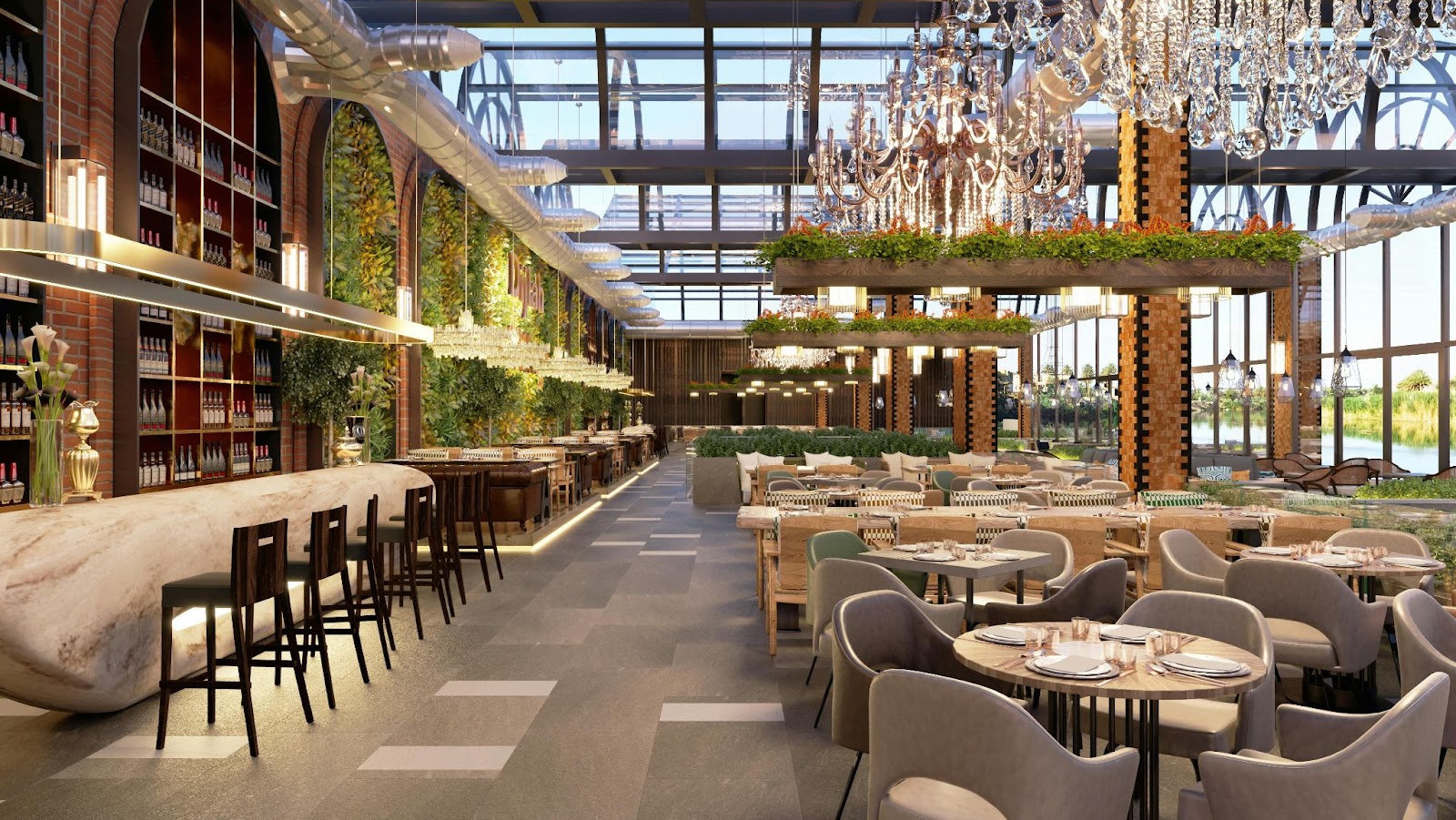 Restaurant Web Design
Restaurant Web Design
Aesthetic, functionality, and revenue generation intersect at the stage of restaurant web design. It’s a crucial component that enhances the consumers’ perception and influences their decision-making process.
The initial interface of a restaurant’s website forms the first impression in a visitor’s mind. An appealing web design attracts customers, while a complicated or outdated interface causes them to leave. According to ResearchGate, 94% of people’s first impressions are design-related, demonstrating the significance of an attractive website for a business.
Restaurant web design goes beyond simple aesthetics. It’s about creating a digital dining experience that showcases the ambiance, food, and identity of a restaurant. Interactive menus, professional photographs of dishes, and detailed descriptions about the food items combine to create a powerful digital presence. As per a survey by SinglePlatform, 90% of customers research a restaurant online before dining — this highlights the essential role that a well-designed website plays in a restaurant’s success.
 Essential Elements of a Restaurant Website
Essential Elements of a Restaurant Website
Seamlessly expanding from the importance of aesthetic appeal, we delve deeper into the vital components of a restaurant website. Every element contributes to the holistic digital dining experience, influencing customer choices and boosting profit margins.
Efficient navigation stands critical for any website. Within a restaurant site, it enables visitors to explore the offerings easily, providing accessibility to information such as restaurant operating hours, menus, or reservation policies. Structuring the website with clear, simple, and easily recognizable menu items enhances usability. Implementing a UX design that simplifies customer journey maps, contributes significantly to a restaurant’s digital success.
Photographs are a powerful content type in a restaurant website’s design. They are gateways to sensory experiences, igniting a visitor’s taste buds and driving their desire to savor the food. Deploying professional, high-resolution images of dishes, the dining ambiance, and kitchen staff can set expectations, convey the essence of the dining experience, and significantly boost customer attraction.
Incorporating an efficient online ordering system cements the functionality of a restaurant’s website. Offering a direct food ordering platform results in increased profit, given that third-party applications often charge hefty commissions. Essential features of an effective system include user-friendly interface, clear food descriptions, easy modifications, secure checkout process, and order tracking. Furthermore, confirming the order through an email or text message can build customer confidence in the service.
Up-to-date menus with accurate pricing mirror a restaurant’s professionalism online. Precision ensures customers are well-informed, mitigating unwelcome surprises. It’s advisable to strategically place the menu in an easy-to-find spot on the website. Making sure the menu layout is readable on various screen sizes, and incorporating high-quality images of the dishes, supplements the customer’s decision-making process.
 Latest Trends in Restaurant Web Design
Latest Trends in Restaurant Web Design
Rapid advances in technology shape the trends in restaurant web design. As eateries strive to align with changing consumer behavior, they’re adopting innovative ways to offer an engaging and immersive online experience.
In this era, stakes are high for restaurants to offer a mobile-friendly web design. As Pew Research Center reports, 81% of Americans own smartphones, many use them for browsing food options. Therefore, a mobile-responsive design holds intrinsic value. Responsive websites adapt to any device’s screen, be it a smartphone, tablet, or desktop, enhancing the user’s browsing experience. For instance, popular eateries like Subway and Starbucks have adopted mobile-friendly designs, which have significantly improved their user engagement metrics.
Adding social media integrations into restaurant websites emerged as a vital trend. It provides a platform for restaurants to showcase their unique dishes, ambiance, and customer experiences. Platforms like Instagram and Facebook have a tremendous influence on a diner’s choice. Consider the example of Chili’s, the Tex-Mex styled eatery that integrated its Instagram feed on its website to share mouthwatering pictures and customer experiences, effectively engaging its online audience.
The advent of high-speed data networks saw a surge in video consumption. PWC reports that internet video consumption will grow 4-fold from 2014 to 2021. Acknowledging this trend, restaurants are incorporating video content into their websites. This includes everything from behind-the-scenes kitchen tours to videos of special events or cocktail mixology. An example is TGI Fridays. They used this approach to great effect, with a video series highlighting their expert bartenders’ skills, which engaged potential customers before they even stepped foot in the restaurant.